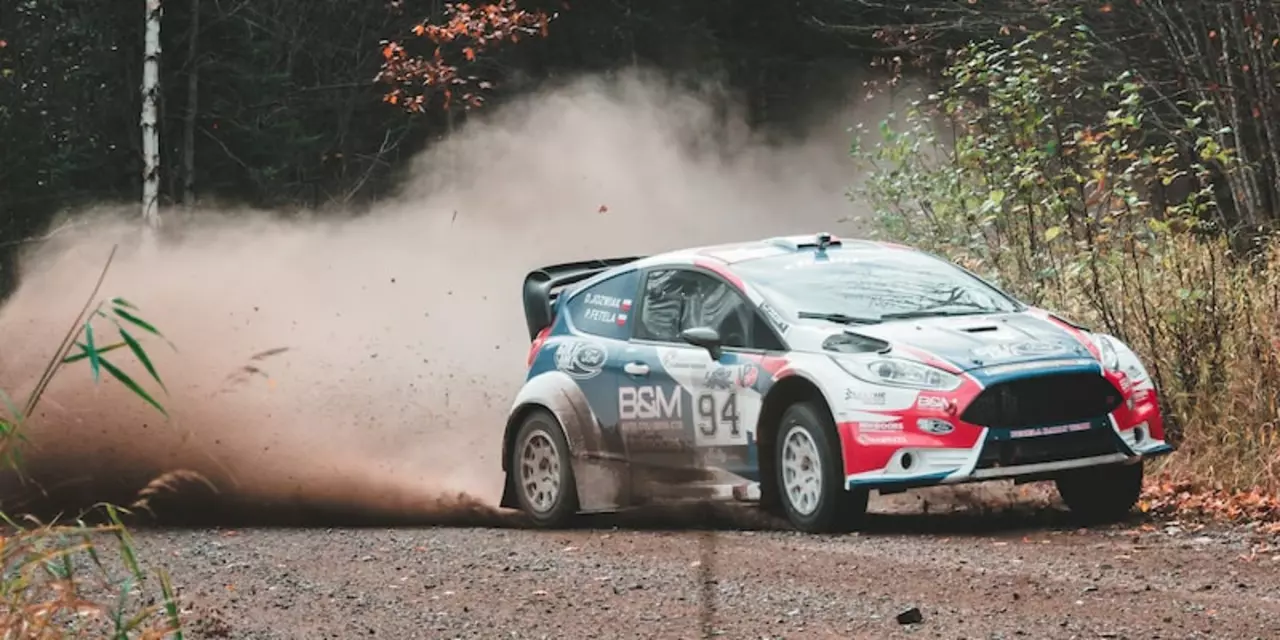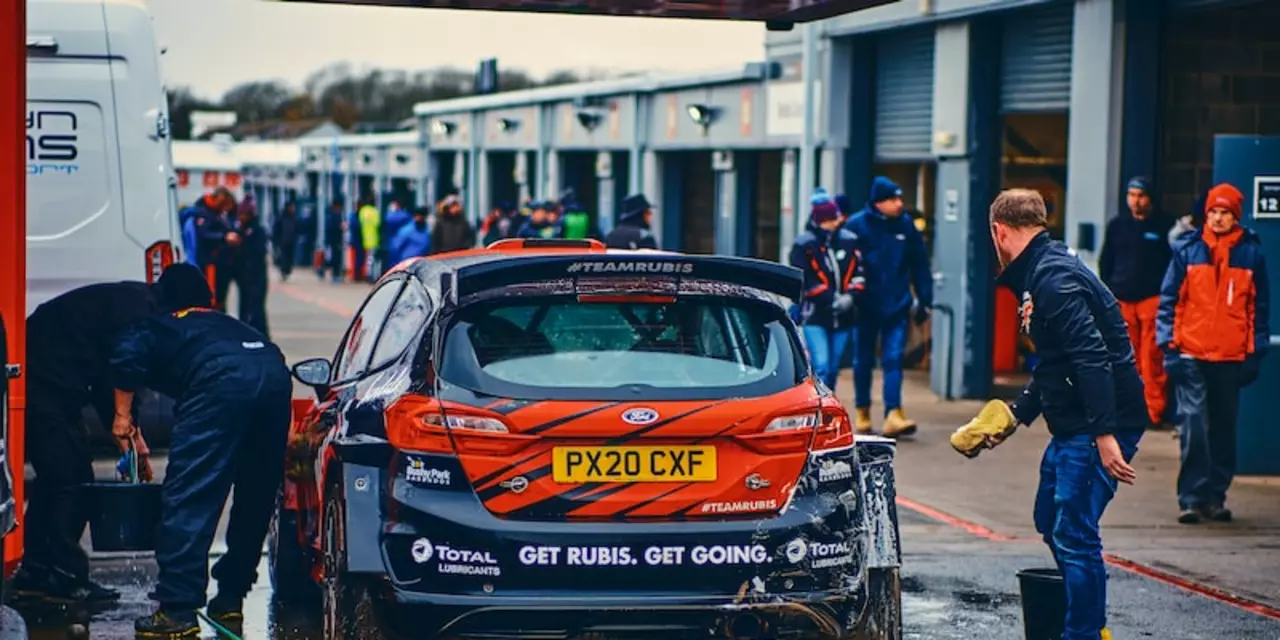Rally Car Basics: What Makes Them Different?
If you’ve ever seen a car launch from a gravel road and disappear into a cloud of dust, you’ve witnessed a rally car in action. Unlike street‑legal sedans, rally cars are built to survive mud, snow, steep climbs and sudden jumps. The chassis is reinforced, the suspension is super‑tuned for short‑travel travel, and the weight is kept low to keep the car agile on tight bends.
Off‑Road Design – Why Rally Cars Look Like Beasts
Rally cars often start life as ordinary hatchbacks or compact sedans, but the transformation is dramatic. Engineers swap the standard suspension for one that can move up and down several inches without losing control. They also add a limited‑slip differential so power goes to the wheel that has traction, which is key on loose gravel. Tires are wider with aggressive tread patterns, giving the car enough grip to power out of a corner on loose dirt.
Another hidden advantage is the low center of gravity. By mounting the engine low and placing the fuel tank behind the seats, the car stays planted even when the road jumps. That’s why you’ll see many rally cars based on hatchbacks – the shape provides a short front overhang and a balanced weight distribution.
Handbrake Usage – The Secret Weapon in Tight Turns
Ever wonder why you see drivers yank the handbrake before a sharp hairpin? In rallying, the handbrake is used to lock the rear wheels for a controlled slide, known as a “hand‑brake turn.” This lets the driver rotate the car faster than normal steering would allow, especially on loose surfaces. The technique takes practice; too much pull and the car spins out, too little and you lose the angle.
Most modern rally cars have a hydraulic handbrake that gives a crisp, immediate response. When you hear a driver shout “left‑hand‑brake!” you know they’re about to shove the rear end sideways to line up for the next section. Learning this skill is a must‑have for anyone serious about rally racing.
Now, let’s talk drivetrains. Front‑wheel drive (FWD) cars can actually hold their own in rally events, especially on smoother gravel or tarmac. Because the weight is over the driven wheels, FWD cars have good traction when pulling out of a corner. However, on deep snow or steep mud, rear‑wheel drive (RWD) or four‑wheel drive (4WD) gives better power distribution. Many top teams still prefer 4WD for its ability to put power to all wheels at once, but a well‑tuned FWD can surprise you in the right conditions.
Speed is another hot topic. While the average rally car tops out around 130 mph on mixed surfaces, some stages let the cars hit 180 mph on long, straight sections. The key is not just raw horsepower but how the car manages weight transfer and grip. Modern rally cars pack turbocharged engines that deliver instant torque, letting them accelerate out of tight corners like rockets.
If you’re a teen or newcomer looking to jump into rally racing, start small. Join a local club, get a basic safety kit, and practice on a closed course or a simulated rally video game. Simulators are surprisingly effective; they let you feel the car’s reactions without spending a fortune on repairs. Pair up with a co‑pilot early on – the navigator’s pace notes are the lifeline that keeps you on track and helps you learn the rhythm of a rally stage.
Finally, remember that rally racing isn’t just about speed; it’s about reading the terrain, timing the handbrake, and trusting your co‑pilot. Master these basics, and you’ll be ready to tackle any off‑road challenge that comes your way.

What are the 2 sticks used by the driver in a rally car?
The article discusses the two sticks used by the driver in a rally car. The first stick is the gear lever, which is used to change gears. The second stick is the handbrake, which is used to slow the car down in tight corners and when the driver needs to make quick changes of direction. It is also used to hold the car on a hill or when the car is stationary. Both sticks require skill and precision to use effectively, and mastering them can be the difference between success and failure in a rally.

In rally car racing, why were Group B rally cars banned?
Group B rally cars were banned in 1986 after a series of fatal accidents. These cars, built for speed, featured lightweight materials and turbocharged engines, making them the fastest, most powerful rally cars of their time. The cars' extreme capabilities and lack of safety measures made them too dangerous for public roads and caused a number of deaths of both drivers and spectators. As a result of the fatalities, the FIA (Federation Internationale de l'Automobile) decided to eliminate the Group B category and replace it with the safer Group A cars, which were less powerful and featured more safety features. This decision not only ensured the safety of drivers, spectators and the public, but also kept racing exciting for fans.